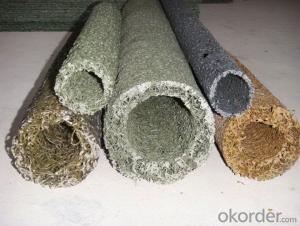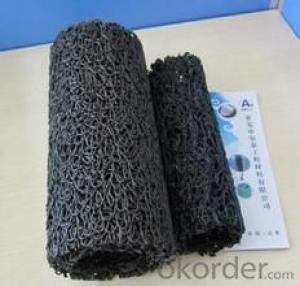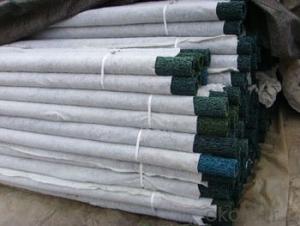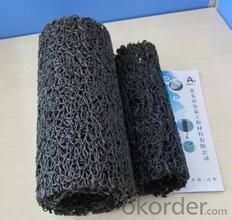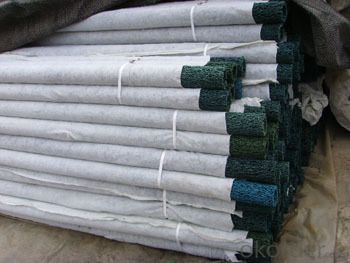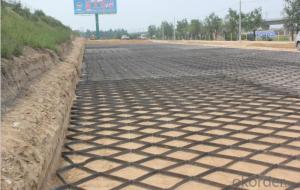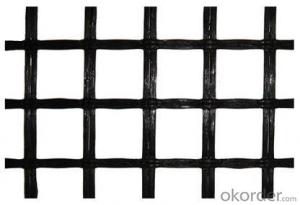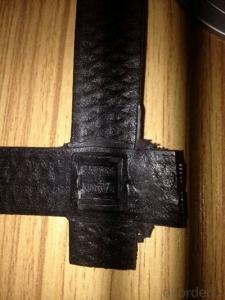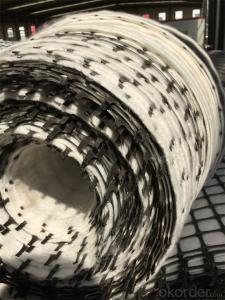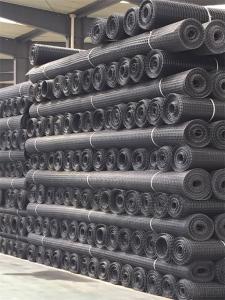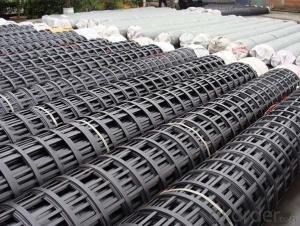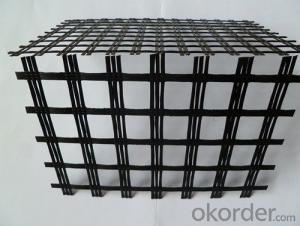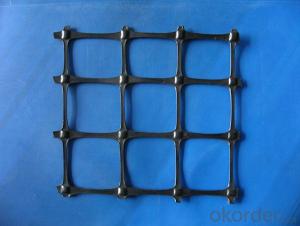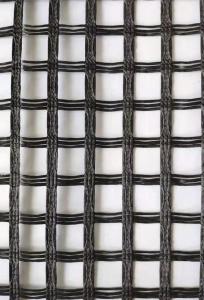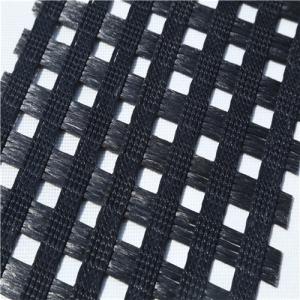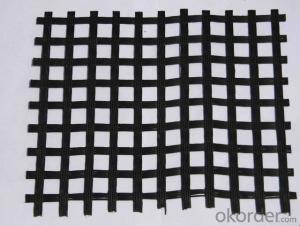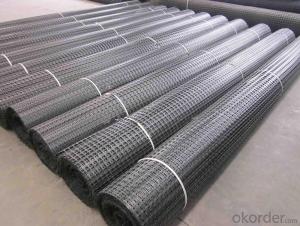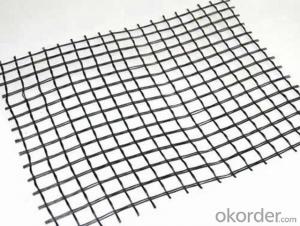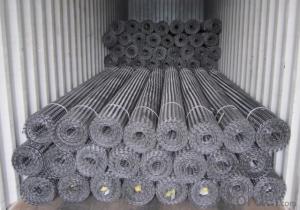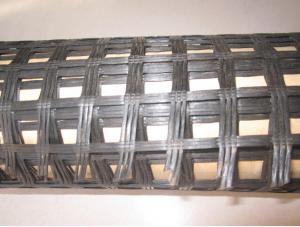Polyester Geogrids Permeable Hard Geotube/Plastic Blind Ditch
- Loading Port:
- Qingdao
- Payment Terms:
- TT OR LC
- Min Order Qty:
- 5000 m
- Supply Capability:
- 150000 m/month
OKorder Service Pledge
OKorder Financial Service
You Might Also Like
Packaging & Delivery
| Packaging Detail: | standard packing or according to client's request |
| Delivery Detail: | 15 days after receiving T/T |
Geocomposite drain pipe technical datas
Item | Square shape | Circular shape | |||||||||
Type | YA7030 | YA1235 | YA1550 | YB60 | YB80 | YB100 | YB150 | YB200 | YB250 | YB300 | |
Outer size(mm) | 70x30 | 120x35 | 120x50 | φ60 | φ80 | φ100 | φ150 | φ200 | φ250 | φ300 | |
Cannular size (mm)≥ | 40x10 | 40x10x2 | 40x20x2 | φ25 | φ45 | φ55 | φ80 | φ120 | φ170 | φ220 | |
Voidage (%)≥ | 70 | ||||||||||
Compress strength (kPa) | Flattening 5% | 70 | 60 | 50 | 85 | 80 | 70 | 50 | 40 | 35 | 30 |
Flattening 10% | 110 | 110 | 70 | 170 | 160 | 140 | 70 | 60 | 55 | 50 | |
Flattening 15% | 150 | 130 | 125 | 220 | 200 | 180 | 100 | 90 | 80 | 70 | |
Flattening 20% | 190 | 180 | 160 | 280 | 250 | 220 | 125 | 120 | 110 | 100 | |
plastic blind ditch
is made of plastic core and outer filtering cloth. In the state of hot melting, it is formed into three-D network structure. It has two shapes: rectangle and round. This kind of pipe has some advantages: good drainage, high pressure resistance, light weight, so it is very popular in some projects.Application:Highway and roadway subgrade,Retaining wall,Landfill,Roof garden,Building foundation,Underground irrigation.
- Q: How do geogrids improve the performance of geotechnical structures?
- Geogrids improve the performance of geotechnical structures by enhancing their load-bearing capacity, reducing soil erosion, and providing stability. These synthetic materials are used to reinforce soil, increasing its strength and preventing it from shifting or settling. By distributing the load more evenly, geogrids minimize the potential for structural failure and improve overall stability. Additionally, they help to control soil erosion by stabilizing slopes and retaining walls, reducing the risk of landslides and erosion-related damage.
- Q: How are geogrids manufactured?
- Geogrids are manufactured through a process known as extrusion, where high-density polyethylene (HDPE) or polypropylene (PP) materials are melted and forced through a die to create a continuous mesh-like structure. This structure is then stretched in different directions to orient the polymer molecules, giving the geogrid its strength and stiffness. The material is then cooled, cut to the desired length, and rolled into large rolls for distribution and use in various geotechnical applications.
- Q: What is the difference between a woven and a non-woven geogrid?
- A woven geogrid is made by weaving polyester or polypropylene yarns together, creating a strong and stable grid structure. On the other hand, a non-woven geogrid is made by bonding polyester or polypropylene fibers together, forming a random network of filaments. This results in different characteristics and performance. Woven geogrids typically have higher tensile strength and are more rigid, making them suitable for applications requiring load distribution and soil reinforcement. Non-woven geogrids, while generally having lower tensile strength, offer excellent filtration and separation capabilities, making them ideal for erosion control, drainage, and subgrade stabilization.
- Q: Is there any difference between glass fiber grille and geogrid
- Fiberglass geogrid is just a kind of grille,
- Q: What are the factors that affect the installation quality of geogrids?
- There are several factors that can affect the installation quality of geogrids. Some of the key factors include the proper selection and preparation of the subgrade, accurate placement and alignment of the geogrid, appropriate tensioning and anchoring of the geogrid, and the overall construction practices followed during installation. Additionally, factors such as weather conditions, soil type, and site-specific requirements can also impact the installation quality of geogrids.
- Q: How do geogrids improve the performance of geotextile sediment retention systems?
- Geogrids improve the performance of geotextile sediment retention systems by providing reinforcement and stability. They enhance the overall strength and durability of the system, preventing soil erosion and retaining sediment effectively. Additionally, geogrids help distribute load and reduce stress on the geotextile, increasing its lifespan and effectiveness in retaining sediments.
- Q: How do geogrids reinforce slopes?
- Geogrids reinforce slopes by providing additional strength and stability to the soil. They are placed within the soil mass to distribute and carry the load, reducing the risk of slope failure. The geogrid's interlocking structure enhances soil cohesion, increasing its resistance to erosion and sliding. This reinforcement mechanism helps reinforce the slope, preventing slope movement and maintaining its integrity.
- Q: Are geogrids suitable for use in high-traffic areas?
- Yes, geogrids are suitable for use in high-traffic areas. Geogrids are highly durable and have a high tensile strength, making them ideal for reinforcing and stabilizing soils in areas with heavy vehicle or pedestrian traffic. They can effectively distribute loads and reduce soil movement, ensuring long-term stability and preventing damage to the paved surfaces.
- Q: Can geogrids be used in reinforcement of concrete pavements?
- Yes, geogrids can be used in the reinforcement of concrete pavements. Geogrids are high-strength materials that can effectively distribute load and reduce cracking and rutting in concrete pavements. They are typically placed between the base and the concrete surface to improve the overall strength and durability of the pavement.
- Q: Are geogrids suitable for use in mechanically stabilized embankments?
- Yes, geogrids are suitable for use in mechanically stabilized embankments. Geogrids provide reinforcement and stability to the embankment by distributing lateral forces and reducing soil movement. They improve the overall strength and performance of the embankment, making them an effective solution for stabilizing soil and preventing erosion.
Send your message to us
Polyester Geogrids Permeable Hard Geotube/Plastic Blind Ditch
- Loading Port:
- Qingdao
- Payment Terms:
- TT OR LC
- Min Order Qty:
- 5000 m
- Supply Capability:
- 150000 m/month
OKorder Service Pledge
OKorder Financial Service
Similar products
Hot products
Hot Searches
Related keywords
